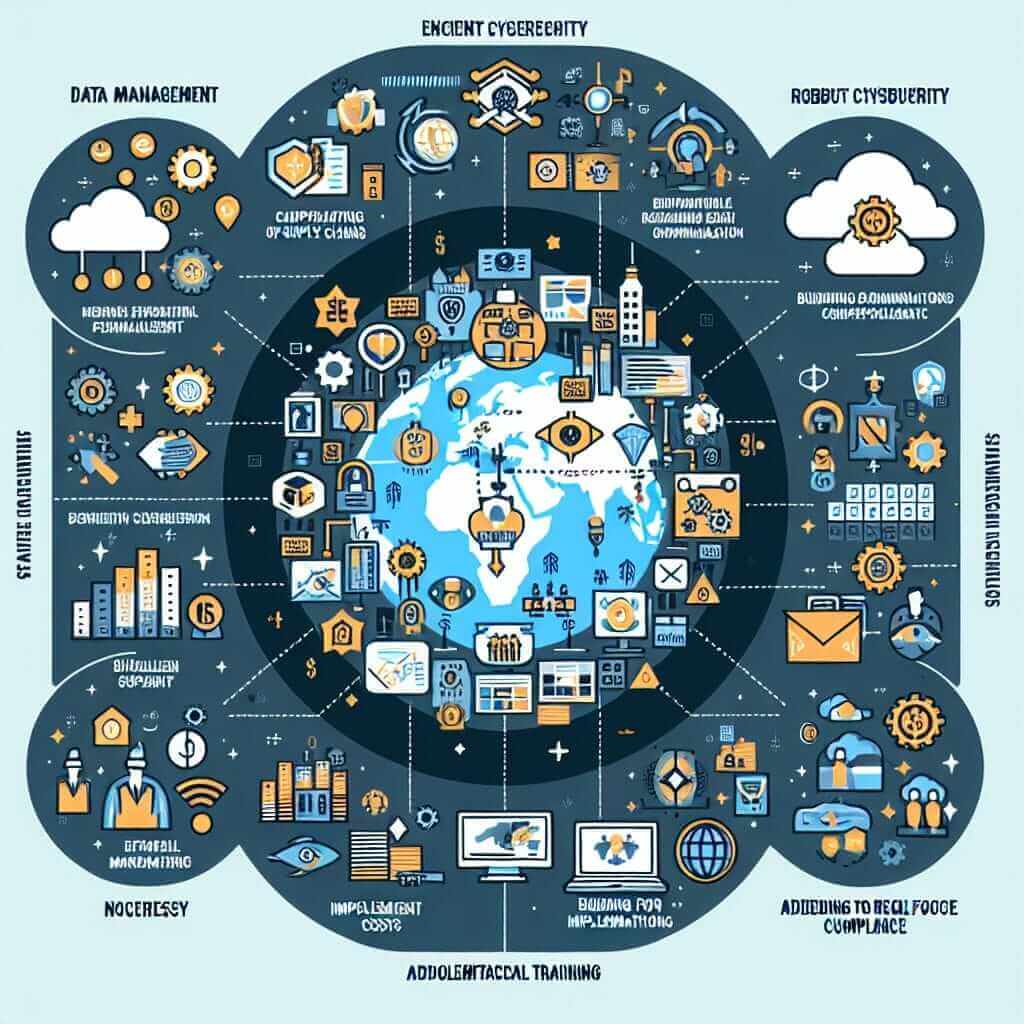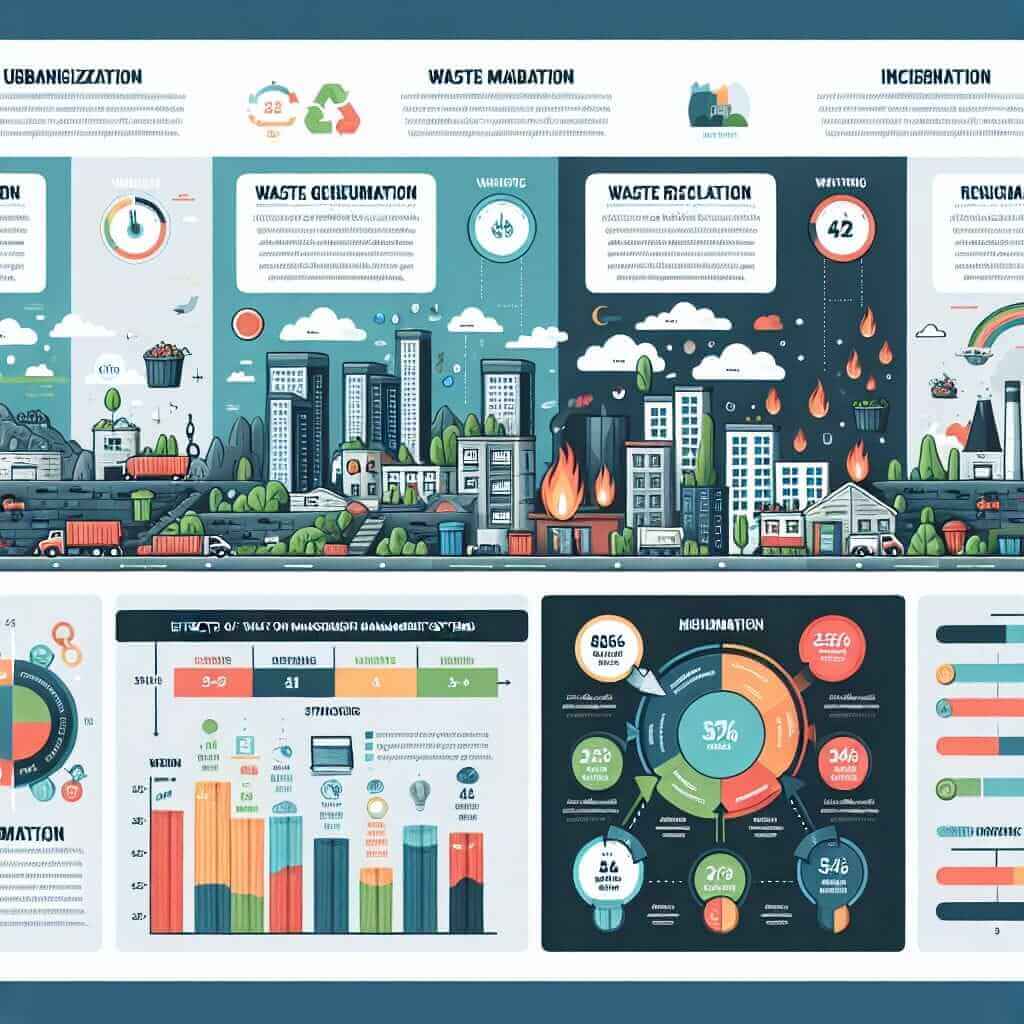The Reading section of the IELTS exam is designed to test your ability to understand and analyze a variety of texts. One key topic that has been relevant in recent years is the impact of digital divide on global education. Understanding this issue not only prepares you for potential reading passages but also equips you with essential vocabulary and comprehension skills. In this post, we will delve into the digital divide and its implications for education worldwide, followed by a comprehensive IELTS-style reading passage, questions, and answers.
Table Of Contents
The Effects of the Digital Divide on Global Education
The digital divide refers to the gap between those who have access to modern information and communication technology and those who do not. This divide can have profound effects on education, particularly as the world becomes increasingly digitalized.
Causes of the Digital Divide
- Economic Factors: Poverty can limit access to technology.
- Geographic Location: Rural areas may lack infrastructure.
- Educational Background: Lower educational levels can reduce digital literacy.
- Policy Issues: Inadequate government policies can exacerbate the divide.
Impacts on Education
- Access to Resources: Students without technology miss out on vast educational resources.
- Quality of Education: Disparities in technology access lead to unequal educational quality.
- Teacher Training: Teachers may also lack the necessary tech skills.
- Global Competitiveness: Students without digital skills are at a disadvantage in the global job market.
For a deeper understanding, you can explore our related article on What are the effects of digital transformation on traditional education?.
IELTS Reading Practice: Digital Divide
In this section, we will present an IELTS Reading passage based on the aforementioned topic. This passage will follow the format of an IELTS Reading exam consisting of a reading text, followed by different types of questions.
Reading Passage
The Digital Divide and Its Implications for Education
The term digital divide describes the gap between demographics and regions that have access to modern information and communication technology, and those that do not or have restricted access. As the world becomes more reliant on digital platforms, this division has significant repercussions for global education systems.
The economic factors contributing to the digital divide are manifold. High costs of devices and internet services can make them unaffordable for low-income households. Additionally, there are geographic hindrances; rural and remote areas often lack the necessary infrastructure, including high-speed internet and reliable electricity, to support digital learning. Educational factors also play a role. Individuals from less-educated backgrounds may not have the digital literacy required to use these technologies effectively.
The impact of the digital divide on education is pronounced. Students with limited access to technology miss out on a range of educational resources available online, including interactive learning tools, tutorials, and access to global knowledge databases. Consequently, their quality of education often suffers compared to their peers who have unfettered access. Furthermore, teachers themselves may lack the necessary training to integrate technology into their teaching methods, widening the educational gap.
In developing countries, the digital divide can be even more striking. Where there is inadequate government policy and investment in educational infrastructure, the gap widens. The global competitiveness of these students is adversely affected as they lack the necessary digital skills for the modern job market.
In conclusion, addressing the digital divide is crucial for ensuring equitable access to education. Policies aimed at reducing economic and geographic barriers, increasing digital literacy, and improving educational infrastructure are pivotal.
 digital divide in education
digital divide in education
Questions
Multiple Choice
-
The primary cause of the digital divide in rural areas is:
A. High cost of technology
B. Inadequate infrastructure
C. Government policies
D. Lack of digital literacy -
What is NOT mentioned as a consequence of the digital divide in education?
A. Inequitable access to resources
B. Loss of traditional teaching methods
C. Lower quality of education
D. Reduced global competitiveness
True/False/Not Given
- The term “digital divide” refers to a gap in geographic regions only.
- High costs of devices are stated as economic factors contributing to the digital divide.
- Developing countries are less affected by the digital divide.
Matching Information
-
Match the cause with its impact:
- Economic Factors
- Geographic Location
- Educational Background
- Policy Issues
a. Lack of digital literacy
b. Inadequate infrastructure
c. Unaffordable technology
d. Poor government policies
Answers and Explanations
-
B. Inadequate infrastructure – The passage clearly states that rural areas often lack the necessary infrastructure.
-
B. Loss of traditional teaching methods – This is not discussed in the text.
-
False – The digital divide is described as affecting both demographics and geographic regions.
-
True – High costs are mentioned as part of the economic factors.
-
False – The passage highlights that developing countries can be even more severely affected.
-
Matching:
- Economic Factors (c) – The passage outlines high costs as an economic barrier.
- Geographic Location (b) – Lack of infrastructure is cited as a key issue in rural areas.
- Educational Background (a) – Lower education levels can result in poor digital literacy.
- Policy Issues (d) – Ineffective government policies are mentioned as an exacerbating factor.
Common Mistakes and Tips
Common Mistakes:
- Misinterpreting the digital divide as only an economic issue.
- Overlooking the impact on teachers and their ability to integrate technology.
Tips:
- Pay close attention to all the factors mentioned.
- Understand the broader implications on both students and teachers.
- Practice matching the right cause with its specific impact.
Vocabulary
- Digital literacy (ˈdɪdʒɪtl ˈlɪtərəsi): The ability to use digital technology, communication tools, and networks.
- Equitable (ˈɛkwɪtəbl): Fair and impartial.
- Infrastructure (ˈɪnfrəˌstrʌktʃər): The basic physical systems and facilities needed for the operation of a society.
Grammar Focus
Using Passive Voice:
- “Students without technology are disadvantaged in the global job market.”
- Form: Subject + to be (is/are) + past participle (disadvantaged).
- Example: “The book was read by the entire class.”
Conclusion
The digital divide presents a significant challenge to global education, affecting access, quality, and global competitiveness. By understanding and addressing the contributing factors, we can work towards more equitable educational opportunities. Practice this reading passage and questions to sharpen your IELTS Reading skills and better comprehend the critical issue of the digital divide.
For further insights, you can read our detailed post on What are the effects of digital transformation on traditional education?.


